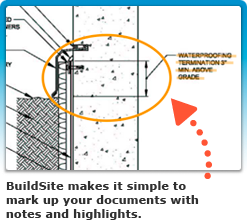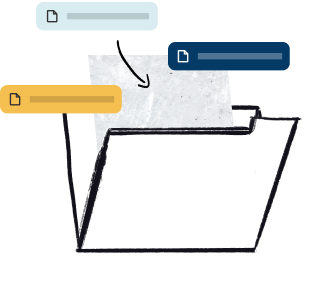Abstract
This specification covers the basic requirement for colored and white pigments in powder form to be used as admixtures in concrete for the purpose of producing integrally colored concrete. Where the pigments are a constituent of a multicomponent admixture, this specification applies to the pigment constituent of the admixture. This specification does not include the determination of pigment stability when elevated temperature using low-pressure (atmospheric) or high-pressure (autoclave) steam is used to accelerate the curing process. Cement (either Type I or Type II), aggregates, and admixtures materials shall be subjected to the following test methods: water wettability; alkali resistance; percentage of sulfates; water solubility; atmospheric curing stability; light resistance; effects on concrete, which include preparation of mixtures, making and curing, time of setting, air content, and compressive strength; and color match of shipment.
This abstract is a brief summary of the referenced standard. It is informational only and not an official part of the standard; the full text of the standard itself must be referred to for its use and application. ASTM does not give any warranty express or implied or make any representation that the contents of this abstract are accurate, complete or up to date.
1. Scope
1.1 This specification covers the basic requirement for colored and white pigments in powder form to be used as admixtures in concrete for the purpose of producing integrally colored concrete. Where the pigments are a constituent of a multicomponent admixture, this specification applies to the pigment constituent of the admixture. This specification is not intended to establish compatibility of pigments with any other concrete admixtures unless they are tested in combination in accordance with 4.7.
1.2 This specification does not include the determination of pigment stability when elevated temperature using low-pressure (atmospheric) or high-pressure (autoclave) steam is used to accelerate the curing process.
1.3 In addition to tests defining the pigments themselves, a limited number of tests on concrete are included to define the effects on setting times, air content, and compressive strength. If more extensive information is required for a particular job, additional testing criteria and procedures should be agreed upon between the seller and user.
1.4 The maximum prescribed dosage rate of a pigment, established in accordance with 4.7, shall be equal to or less than 10 mass % of cement. When a combination of pigments is used to produce the desired color and color intensity, the total dosage rate of all pigments combined shall not exceed any of the individual maximum dosage rates of the component pigments.
1.5 The values stated in either SI units or inch-pound units are to be regarded separately as standard. The values stated in each system may not be exact equivalents; therefore, each system shall be used independently of the other. Combining values from the two systems may result in non-conformance with the standard. Some values have only SI units because inch-pound equivalents are not used in practice.
Reproduced, with permission, from the ASTM International website, copyright ASTM International, 100 Barr Harbor Drive, West Conshohocken, PA 19428. To purchase the complete standard, go to http://www.astm.org/.




